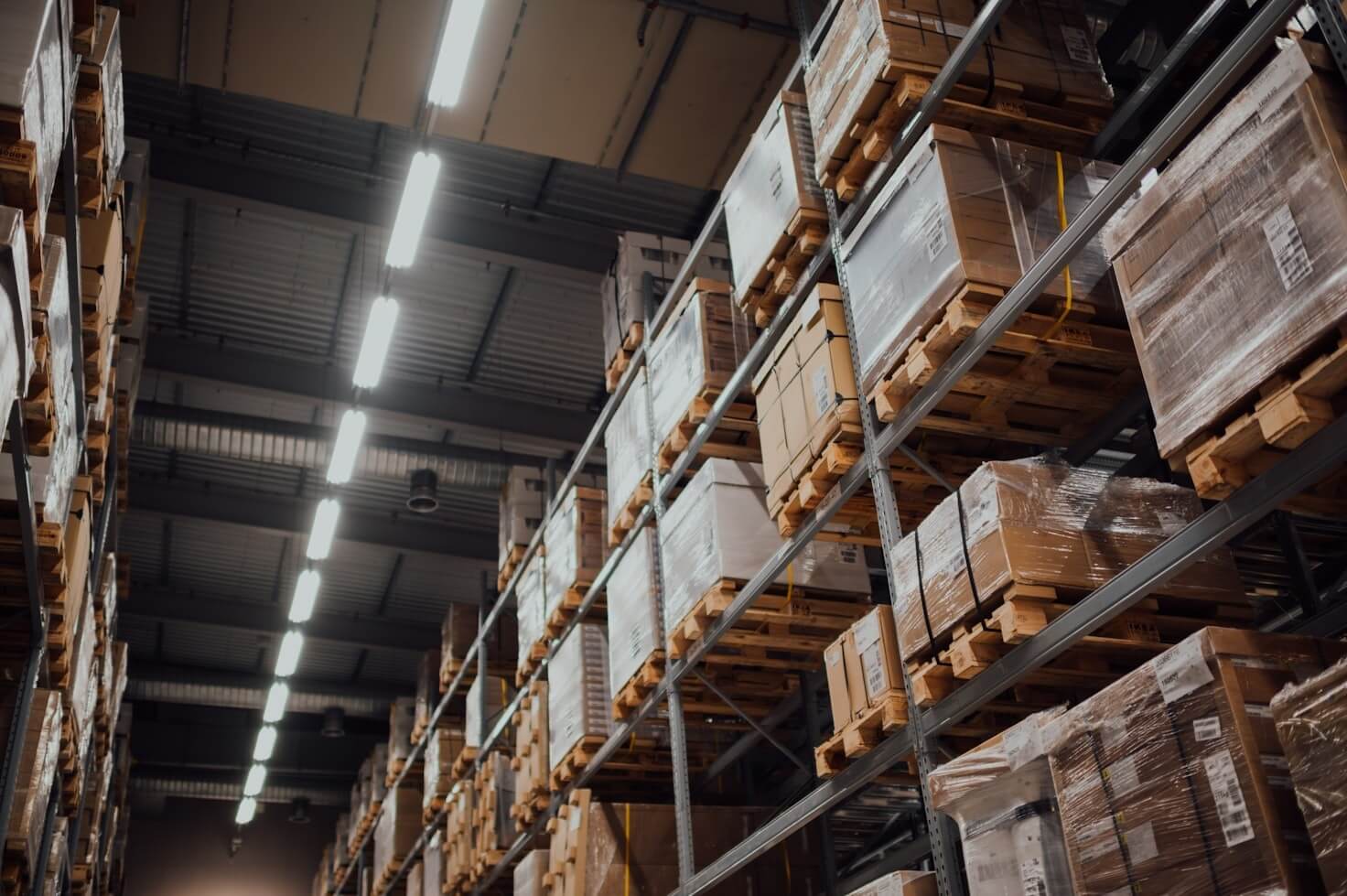
Warehouses require safety courses that effectively safeguard warehouse workers and warehouse operations. Warehouse safety is a mandatory responsibility and a vital investment to keep workers safe and operations flowing smoothly, which is why warehouse safety inspection is also important. The following five components represent the cornerstone elements that every training programme must incorporate to create a secure work environment.
1. Equipment Operation and Certification
Proper equipment operation training forms the foundation of safety protocols. Different machines, like forklifts, demand specific information and proficiency to run them safely. Training must teach machine operators technical principles and practical training about proper use and possible dangers.
The warehouse safety training programme should combine certifications with their lifespan tracking and renewal requirements. Detailed tracking should list all certified operators and their expiration dates with advanced notice for required retraining sessions. Performance checks help operators stay qualified and equipped while meeting all safety requirements.
2. Hazard Recognition and Risk Assessment
Employees require official training to spot possible workplace hazards as problems grow bigger before they can trigger dangerous outcomes. Workers should learn how dangerous situations develop in warehouse routines, including falling objects, worker slips, chemical leaks, and poor workplace design. Training needs to focus on how team members should stay alert about their work environment, plus give established methods to report safety issues.
Organisations conducting risk assessment training need to implement practical exercises that foster workers’ ability to think critically about potentially dangerous situations. All workers should learn to apply structured risk evaluation methods and decision-making processes to determine safe work limits and require supervisor help.
3. Emergency Response Plan
Every warehouse environment must include comprehensive emergency response protocols. The system covers all aspects of emergency preparation, such as fire prevention, escape paths, medical aid, and chemical incident reactions. Each training session should fit the facility’s unique design and meet its safety needs by marking escape routes and places to meet.
The organisation should conduct scheduled drills and simulations to strengthen emergency procedures while searching for areas to improve. The exercises must contain real-life emergency scenarios focusing on material handling incidents, such as typical accidents, loading dock occurrences, and equipment breakdowns. The training course explains emergency response communication methods and shows students how to operate emergency equipment properly.
4. Personal Protective Equipment (PPE)
To work properly, PPE equipment needs proper employee training on its safe usage. Training must cover the selection, proper use, maintenance, and limitations of various types of protective gear. Workers should understand when specific types of protection are required and how to inspect equipment for damage or wear.
The programme should also address the importance of consistent PPE use and the potential consequences of non-compliance. This includes real-world examples and case studies demonstrating protective equipment’s critical role in preventing injuries. Regular audits and refresher training sessions help ensure ongoing compliance and proper usage.
5. Communication and Documentation
Clear hazard communication protocols are essential for maintaining a safe environment. Training protocols need to create uniform procedures that allow employees to report safety worries and near-miss incidents. Employed personnel need training about proper documentation processes while learning about maintaining accurate records to prevent additional incidents.
The programme must foster open conversations about safety problems while making workers feel safe reporting issues without risking job consequences. Employees should learn to share safety updates effectively across all workforce shifts, departments, and management levels.
Final Thoughts
The periodic evaluation and modification of these elements help maintain alignment with the warehouse and worker requirements. A warehouse can create an environment focused on employee safety when establishing a continuing training programme prioritising worker well-being. A thorough warehouse operation becomes more successful and productive over time.If you want to enhance your warehouse safety and protect your team, Rack Safety can help you build a stronger safety programme. Our company exists as a Certified Inspection provider since we have helped numerous organisations build safer workplaces over multiple years. Contact us right now to obtain more information about our service offerings and discover how we can help develop your warehouse into a safe, compliant environment.




